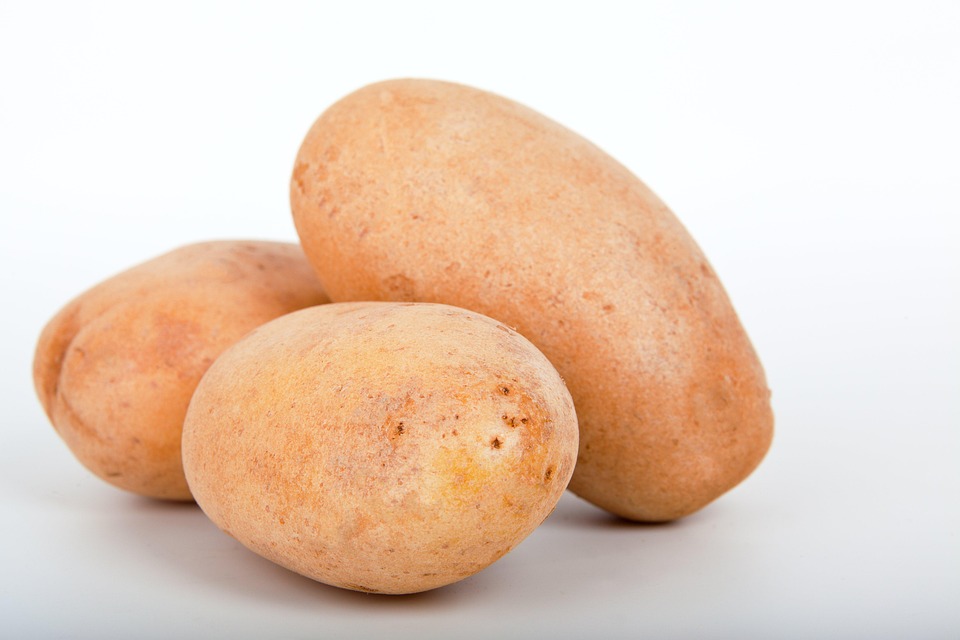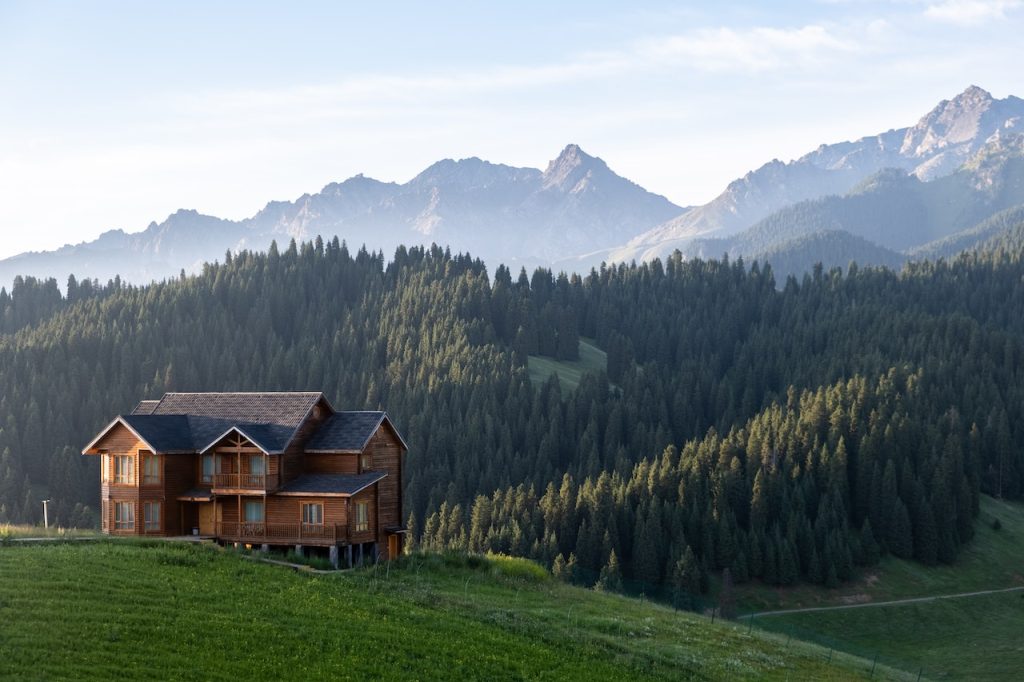# Embracing the Joy of Sustainable Farming and Gardening: A Guide to Thriving Off the Grid
There’s something enchanting about waking up to birdsong rather than an alarm clock, a sunbeam sneaking in through an open window instead of harsh fluorescent lights. Picture this: your morning coffee is brewed from beans you’ve roasted and ground yourself, and breakfast features eggs collected from your cheerful hens, all while the scent of fresh basil wafts in from the nearby garden. This vivid tapestry of sights and smells is not just a dream; it’s a joyful, sustainable reality that anyone can cultivate. Whether you’re considering a full off-grid lifestyle or simply wish to be more self-sufficient in your own backyard, sustainable farming and gardening hold powerful benefits for both the soul and the planet.
## Why Choose Sustainable Farming and Gardening?
Sustainable farming and gardening is all about creating a self-sufficient ecosystem that nourishes both the earth and its inhabitants. By employing techniques that work in harmony with nature, you foster a balance that can yield delicious produce, conserve resources, and contribute to your local biodiversity. Here’s why embracing this wholesome lifestyle could be the best choice you ever make:
1. **Environmental Impact**: Sustainable practices reduce pollution and minimize waste, ensuring cleaner air, soil, and water for future generations.
2. **Healthier Food**: Homegrown food is fresher, often more nutritious, and free from harmful pesticides and herbicides. Plus, the flavor is out of this world!
3. **Cost-Effective**: Once you establish your garden, the savings on groceries can be substantial. Investing time initially will pay off in dividends of fresh sustenance.
4. **Connection to Nature**: Tending to plants nurtures a profound connection to the earth, grounding you and reminding us of life’s simple pleasures.
## Getting Started: Your First Steps
Now that you’re excited about sustainable farming and gardening, let’s dive into how to get started! This guide will provide practical tips, techniques, and philosophies to create the fruitful oasis of your dreams.
### Create Your Garden Plan
1. **Assess Your Space**: Consider the size and light availability in your space. Different crops have different requirements for sunlight, water, and space.
2. **Choose Your Crops Wisely**: Select crops that best suit your climate and soil type. Leafy greens like kale and spinach thrive in cooler seasons, while tomatoes and peppers bask in the warmth of summer.
3. **Companion Planting**: Some plants benefit from growing near each other. For instance, tomatoes pair well with basil—they deter pests and encourage healthier growth.
### Building Healthy Soil
The foundation of any productive garden is rich, nutrient-dense soil. Here are some tips for getting your soil in top-notch condition:
– **Composting**: Create your compost bin and fill it with kitchen scraps, yard waste, and grass clippings. This “black gold” is an excellent source of nutrients for your garden.
– **Soil Testing**: Consider conducting a soil test to understand its pH level and nutrient content, allowing you to amend it accordingly.
– **Mulching**: Apply organic mulch around your plants to suppress weeds, conserve moisture, and add organic matter to the soil as it decomposes.
### Water Wisely
Water is life! Implementing smart watering techniques will ensure your garden remains lush without wasting resources.
– **Drip Irrigation**: Consider installing a drip irrigation system that delivers water directly to the roots, reducing evaporation and ensuring efficiency.
– **Rainwater Harvesting**: Set up a simple rain barrel to collect rainwater from your roof. This free resource can keep your plants hydrated while conserving municipal water.
### Embrace Biodiversity
Encouraging a variety of plants and wildlife can create a balanced ecosystem. Here’s how to do it:
– **Native Plants**: Incorporating native plants into your garden design requires less water and can attract beneficial insects and wildlife.
– **Pollinator Gardens**: Plant flowers that attract bees and butterflies. Their visits will not only aid in pollination, but they will also bring vibrancy and life to your garden.
### Pest Control the Natural Way
Garden pests are part and parcel of the journey, but there are eco-friendly ways to manage them without harmful chemicals.
– **Hand-Picking**: For larger pests, don’t hesitate to manually remove them. It’s an easy way to keep the population in check.
– **Neem Oil**: This natural pesticide is effective against a variety of pests while being gentle on the environment.
– **Biodiversity**: As mentioned earlier, a diverse garden can attract natural predators of pests, such as ladybugs, which will help you maintain balance.
## Pro Tips for Sustainable Gardening Success
1. **Start Small**: Don’t overwhelm yourself by trying to grow everything at once. Start with a few key crops and expand as you feel comfortable.
2. **Keep a Journal**: Document your gardening activities. Take notes on what worked, what didn’t, and what you learned over the season.
3. **Continual Learning**: The world of sustainable gardening is always evolving. Attend local workshops, join online forums, or read books to expand your knowledge.
4. **Engage Your Community**: Share seeds, produce, and knowledge with neighbors. Community gardening not only fosters cooperation but increases your garden’s diversity.
5. **Have Fun**: Gardening is a journey, not a destination. Enjoy the process, celebrate your successes, and learn from the trials and tribulations!
### Seasonal Sustainability
Gardening isn’t only bound to the warmer months. Sustainable practices can be employed year-round to maximize growth and ensure a continuous supply of fresh produce.
– **Winter Gardening**: Look into cold frames or hoop houses to extend your growing season. Some hardy greens can thrive even in cooler weather.
– **Crop Rotation**: Change the location of your crops each season to maintain soil fertility and prevent pest issues.
## Final Thoughts
Embracing sustainable farming and gardening is more than just a hobby; it’s a lifestyle choice that fosters a deep connection with nature while contributing positively to the environment. From growing your own food to creating an inviting haven for wildlife, each step you take toward self-sufficiency enhances your well-being and the world around you.
So roll up your sleeves, grab those seeds, and start your sustainable gardening journey today. Remember, every plant you nurture not only enriches your life but also contributes to the health of our shared planet. Happy gardening!



